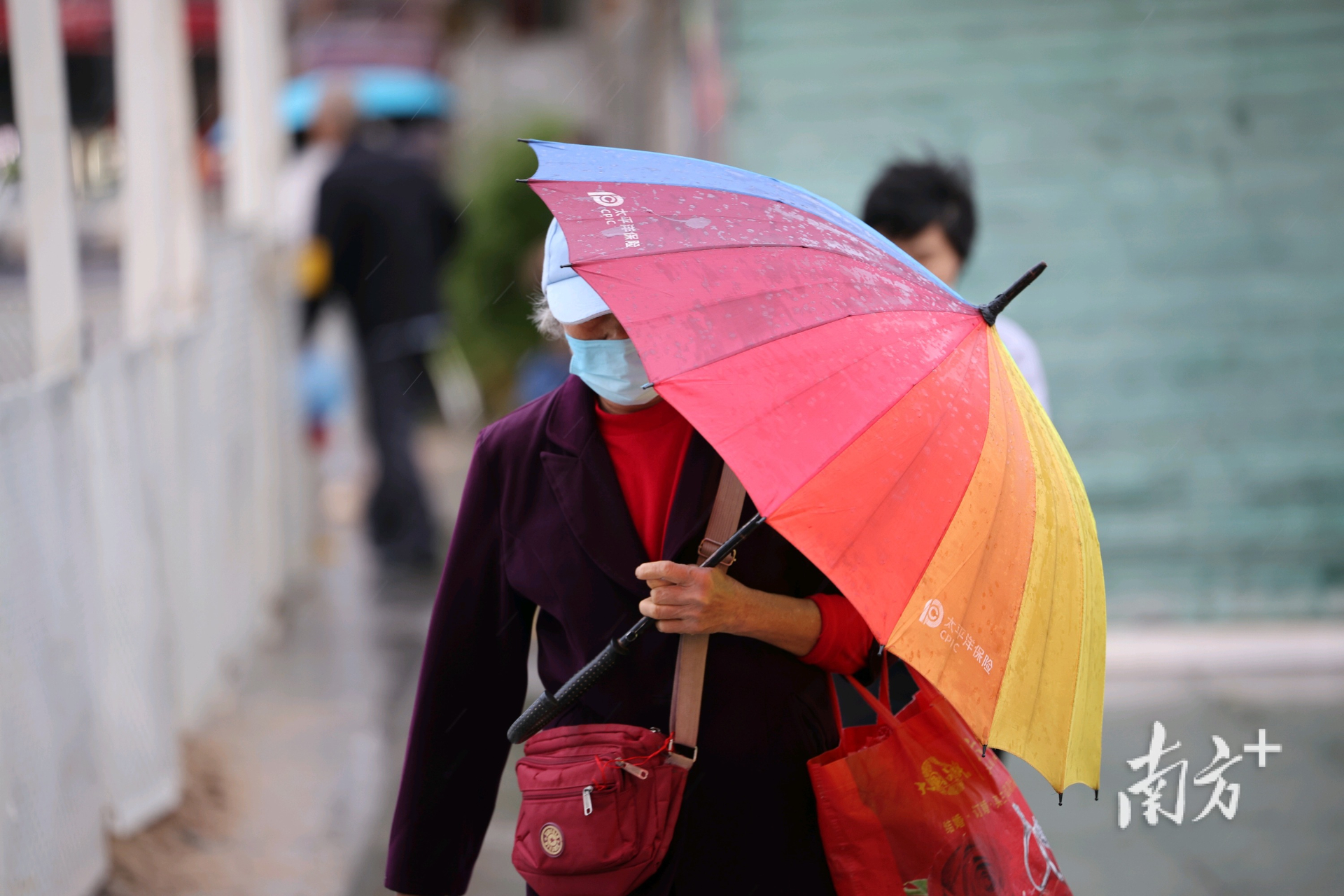As temperatures dropped sharply recently across Guangdong, "stove-boiled tea" and hot pots become perfect foods for local people to fend off the cold. However, the Guangdong Provincial Center for Disease Prevention and Control reminds residents to beware of carbon monoxide poisoning when the temperature plummets.

(Photo: Nanfang Plus)
What are the symptoms of carbon monoxide poisoning?
Carbon monoxide is a colorless, odorless, and non-irritating asphyxiating gas that is inhaled through the respiratory tract and enters the body, causing poisoning.
Mild cases may have symptoms such as headaches, dizziness, nausea, and limb weakness. Moderate or severe poisoning can cause coma, collapse, and the lips, nails, skin, and mucous membranes may appear cherry red. This is often complicated by cerebral edema, pulmonary edema, myocardial damage, and arrhythmia, which can be life-threatening and result in death.
How can we deal with carbon monoxide poisoning?
First, cut off the source of carbon monoxide. Immediately open windows for ventilation, turn off gas or water heater valves, and extinguish charcoal fires. Avoid using lighters and other items that are prone to sparks.
At the same time, quickly leave the poisoned environment.
1.Move the poisoned person from the scene to a place with fresh air and good ventilation.
2. Unbuckle the collar of the poisoned person and keep the respiratory tract unobstructed. Make sure to keep patients warm to prevent complications.
3. Patients should keep quiet and rest, avoid activities that increase oxygen consumption, and ensure that patients receive oxygen as soon as possible.
4. For moderate to severe cases, while giving on-site first aid, call the "120" emergency hotline and send them to a hospital with a hyperbaric oxygen chamber for treatment.
5. For critically-ill patients with respiratory and cardiac arrest, give immediate artificial respiration and cardiac compression, and quickly transfer them to the hospital for rescue.
How can carbon monoxide poisoning be prevented on a daily basis?
1.Regularly open windows for ventilation.
2. Turn off the water heater after use.
* Do not use outdated water heaters. Gas water heaters should not be installed in closed bathrooms or poorly ventilated places. It is recommended to ask professional installation workers for help.
* When using a gas water heater, it is necessary to maintain good ventilation. The bathing time should not exceed 20 minutes, and check whether the water heater is turned off after use.
3. Regularly check gas pipeline equipment.
* When using a gas pipeline, make sure to check if the rubber pipe connected to the gas stove is in good condition to prevent gas leakage. It is advised to install a carbon monoxide detector and regularly maintain it to ensure that the detector is operating normally.
* Install ventilation equipment in confined restaurants and kitchens.
4. Open the windows intermittently while driving in a car.
* When driving, do not let the engine idle for a long time.
* When the car pulls over, do not leave the air conditioner on for too long.
* Open the windows intermittently to allow air to circulate inside and outside the vehicle.
* If you feel unwell, stop and rest immediately.
* If you feel dizzy, have a heavy head, or have weakness in your limbs while driving or riding in an air-conditioned vehicle, open the window to breathe in fresh air.
Author | Hannah
Editor | Steven, Monica, James
















